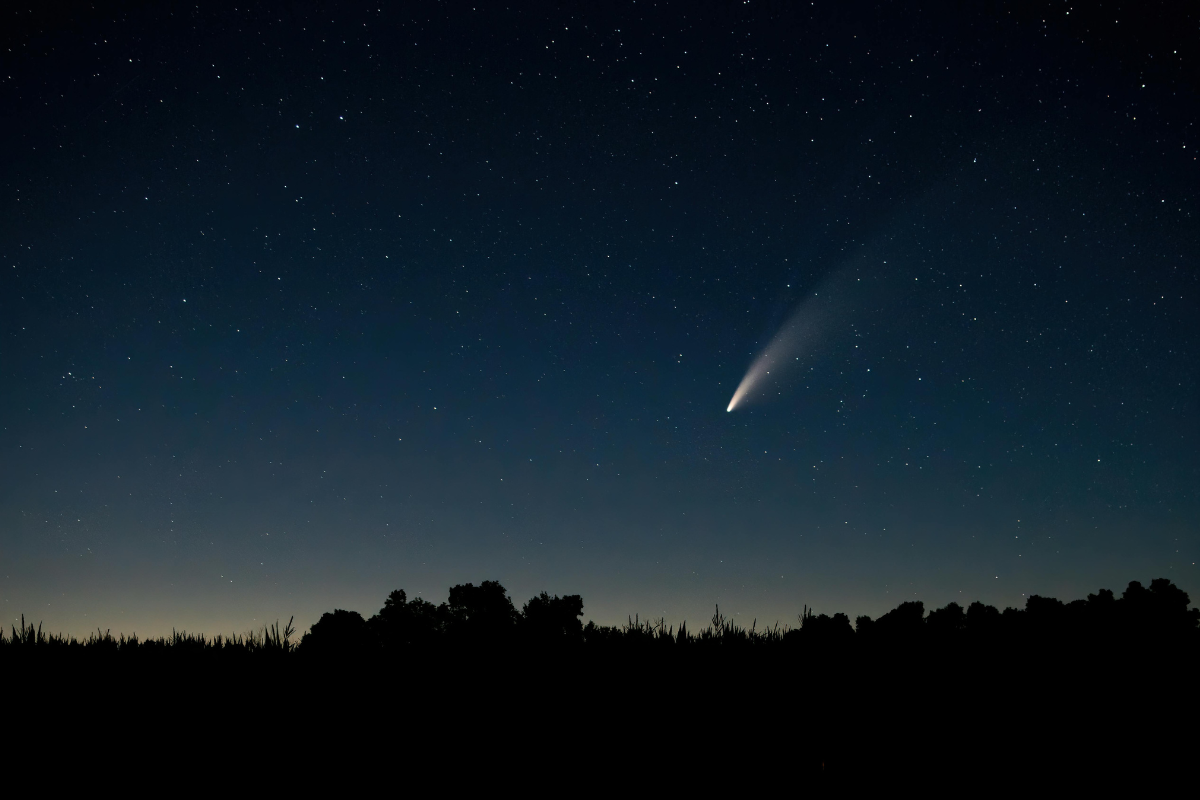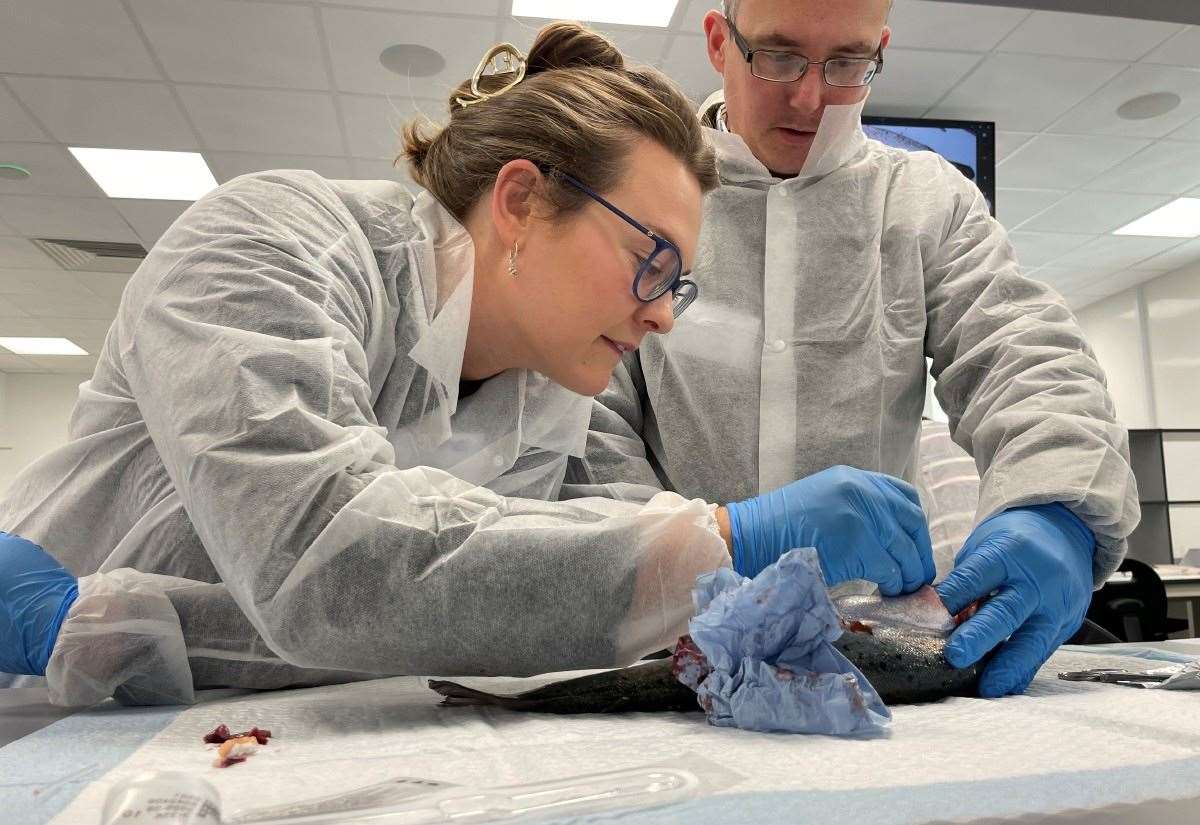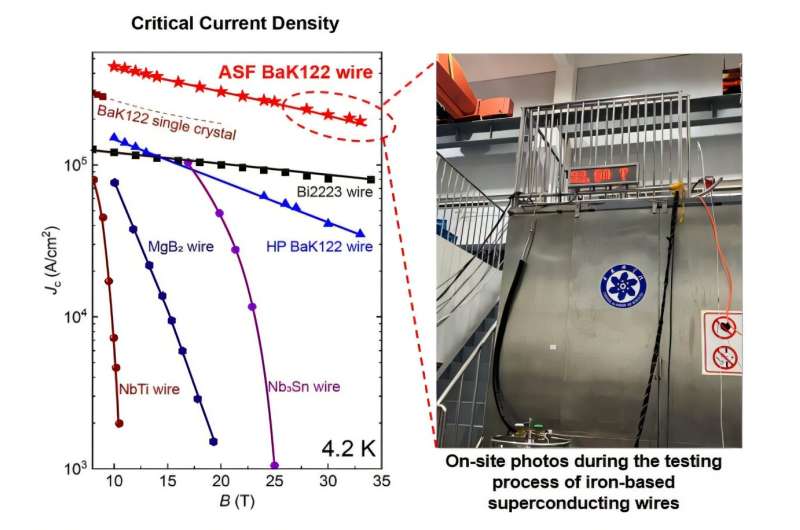A recent study reveals that the asteroid belt, located between Mars and Jupiter, is significantly thinning over time. Researchers have found that this once vibrant collection of rocky fragments is losing mass, raising important questions about the future of Earth and our solar system. The findings suggest that the belt’s gradual decline may lead to increased meteorite activity on our planet.
The asteroid belt, often depicted in popular culture as a dense cluster of rocks, is actually an expansive region of space with varying sizes of objects, including the dwarf planet Ceres. This belt formed billions of years ago from remnants that failed to coalesce into a full-fledged planet due to the gravitational influence of Jupiter.
According to the study published in Nature Astronomy, the belt has been losing mass for eons, with only a fraction of its original material remaining. The research indicates that collisions, gravitational interactions with Jupiter, and complex orbital dynamics are steadily removing material from this region. Each of these interactions contributes to a slow but steady erosion of the asteroid population.
Implications for Earth and Cosmic Evolution
The thinning of the asteroid belt does not pose an immediate threat to life on Earth, but its long-term effects could be profound. As material diminishes in the belt, some of it eventually finds its way to Earth in the form of meteorites. While many of these meteorites disintegrate in the atmosphere, some do reach the ground, adding a unique aspect to our planet’s geological and cosmic narrative.
Additionally, this decline highlights broader themes in planetary evolution. Scientists believe that similar processes may be occurring in other solar systems, influencing the formation and development of planets throughout the galaxy. The asteroid belt is therefore not merely a static remnant of the solar system’s past; it is a dynamic entity that offers insights into the ongoing processes of cosmic change.
The research emphasizes that new asteroids are not replenishing those lost, indicating a permanent shift in the belt’s structure and composition. This phenomenon provides a valuable perspective on how solar systems evolve over time. The forces at play—gravitational interactions, collisions, and orbital decay—may ultimately dictate the fate of many planetary systems across the universe.
Continued Scientific Exploration
As the asteroid belt continues to thin, it remains a source of scientific intrigue and discovery. Observing its gradual transformation allows astronomers to better understand the mechanisms driving change in our solar system. While human timelines span mere decades, the evolution of the asteroid belt unfolds over astronomical timescales, reminding us that even the most enduring features of our cosmos are in a perpetual state of flux.
In a universe governed by gravitational forces and cosmic interactions, the findings from this study serve as a crucial reminder of the interconnectedness of celestial bodies. The gradual disappearance of the asteroid belt may offer vital clues about the formation, aging, and redistributions of material in solar systems, enriching our understanding of not just our own, but also the myriad systems scattered throughout the cosmos.







